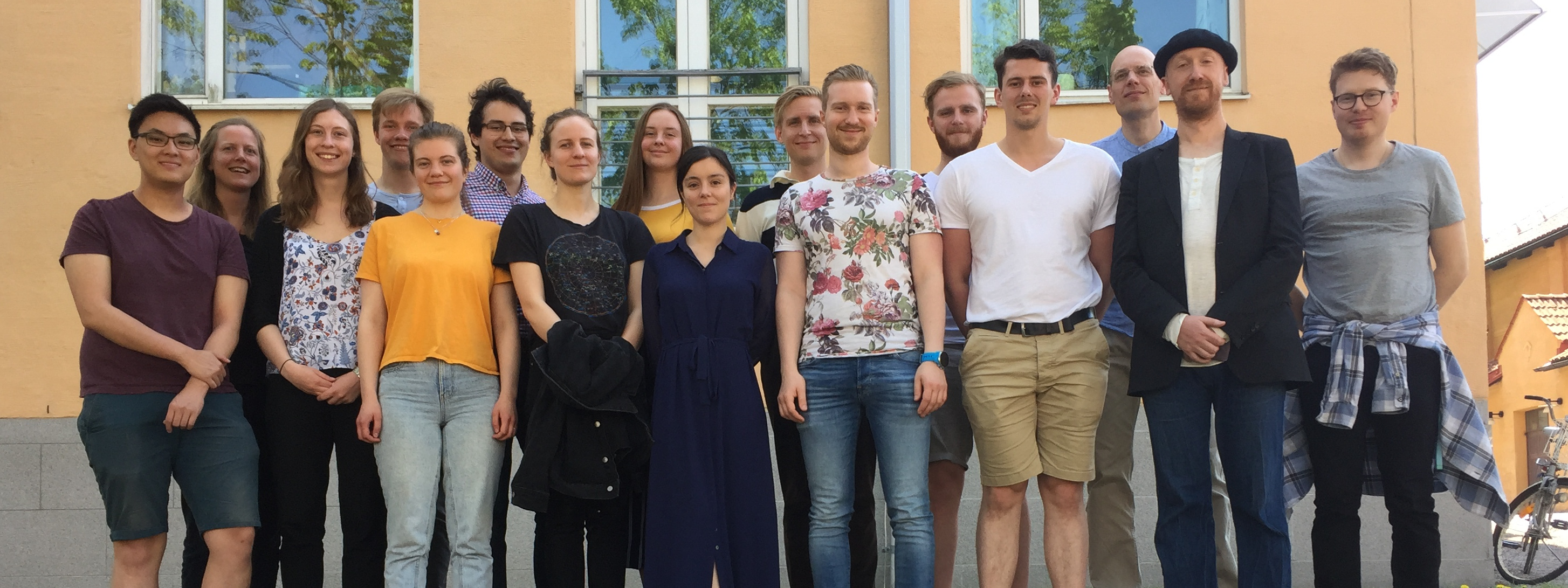Tomorrow, May 21, 2024, we are arranging a new edition of the BME@LIU-day. BME stands for biomedical engineering, i.e. the interplay between biomedicine (from basic science to clinical practice) and engineering. In practice, BME, entails fields such as modelling and AI, digital twins, wearable sensors, new biomaterials, eHealth, bioinformatics, imaging, bio-optics, etc etc. BME is therefore also one of the core areas of LIU, and it is – in fact – one of the reasons why Linköping university (LIU) was founded, in 1975: to create a bridge between the needs for new engineers at SAAB, and the need for new biomedical research and personnel at the hospital. Around this need, LIU was founded, and at the heart of this dream of a bridge between these two worlds was the Department of Biomedical Engineering (IMT).
IMT eventually attracted Gunnar Cedersund, who started there gradually from around 2011, and then gradually moved his research group over to this department. IMT has since then also expanded its mission to support biomedical engineering beyond its own department, i.e. at the university level. And the arrangement of this BME@LIU-day is a central part of this new broader mission.
In practice, the day will feature a lot of activities at LiU, and also a lot of our own activities. For instance: at 10-10.30, postdoc William Lövfors and MD/Ph.D. student Valentin Kindesjö will introduce the latest developments of our digital twins, using a so-called double presentation where a clinician and an engineer each presents from their specific perspective. In the same session on modelling and AI, at 10.50-11.10, we also see presentations by our newly transitioned postdoc Nicolas Sundqvist, who will present a new story, where we quantify the importance of different cell types for the neurovascular coupling. Finally, also in that session, at 11.20-11.40, we have one of our newest postdocs, Dirk de Weerd, who presents a work he has done together with our incoming postdoc Rasmus Magnusson, on the usage of Variational AutoEncoders, to identify a compressed space for gene expression variations, and apply this to disease modelling. A final oral presentation, not by us, but by one of our closest collaborators, is that 10.50-11.10 by Jesper Fellenius, who will present his perspectives from 20 years of app developments for commercial companies (Ericsson, Swedbank etc) and his 75 MSEK development of a personal data vault. Link to the modelling presentation is here and link to Jesper’s session is here.

Finally, apart from oral presentations, we will also be featured in various places in the poster session combined with the arena. There will be 6 student-based posters, who present 6 large B.Sc. projects, on various modelling tasks within the digital twin development: i) on blood pressure and exercise, ii) on exercise and VO2max, iii) on dysfunctional fat storage in large adipocytes and liver fat, iv) on the neurovascular coupling, v) on drugs and cognitive function, and vi) on alcohol metabolism. Apart from that, there will be many other research-based posters from our group. Finally, we will also – for the first time – be featured not only by our original spin-off company SUND sound medical decisions, but by the newly created daughter company with Z2 and Johan Holmsäter – with the working title Lev Skönare.
All these companies and research projects will be featured with oral presentations, posters, or exhibitions, where you also can test to create your own digital twin, if you want.
Welcome!
Gunnar Cedersund, chair of the program committee

